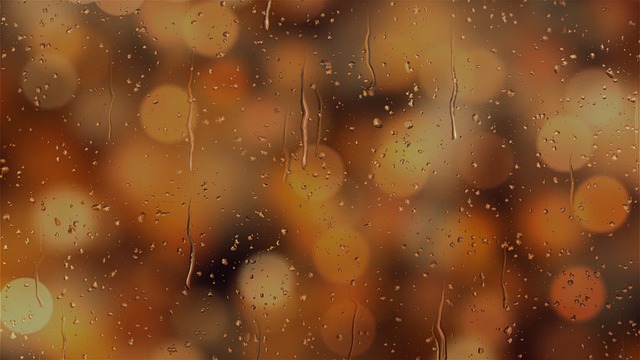Every passionate photographer knows that the magic of an image often lies in the details. Among these enticing details, one aspect that continually captivates both the eye and the heart is bokeh. This beautiful and ethereal quality in photography creates a mesmerizing background blur, transforming ordinary scenes into breathtaking compositions. In this guide, we will delve deeper into the art of capturing layers of bokeh, exploring techniques and tips that will help you harness this enchanting effect.
Understanding Bokeh
Bokeh is not merely about a blurred background; it’s about how the light interacts with the optics of your camera lens. The term originates from the Japanese word “boke,” meaning haze or blur. Different lenses create various types of bokeh, influencing the way light shapes appear in your photographs. Understanding these differences is fundamental to mastering this art form.
Choosing the Right Lens
When it comes to achieving exquisite bokeh, the right lens is your best friend. Prime lenses, particularly those with wide apertures like f/1.8, f/1.4, or even f/1.2, are ideal for creating that creamy blur. The wider the aperture, the shallower the depth of field, which allows you to isolate your subject against a strikingly soft background. Experimenting with different lenses can lead you to discover unique bokeh characteristics, from the circular shapes produced by the lens’ aperture blades to the transition smoothness from sharpness to blur.
Layering Your Images
To create compelling layers of bokeh in your images, consider the depth of field in relation to your composition. By placing subjects at varying distances from your camera, you can achieve multiple layers of defocus. Consider elements in the foreground, mid-ground, and background; each can contribute different textures and light patterns. This technique encapsulates the scene’s depth, guiding the viewer’s eye through the photograph and enhancing the emotional impact of the image.
Lighting Matters
Lighting plays an integral role in bokeh photography. Natural light, especially during the golden hour, creates a soft, warm glow that enhances the dreamy qualities of blur. Additionally, the quality of the light will affect the color and shape of the bokeh. Incorporating string lights, street lamps, or other light sources can create intriguing highlights in out-of-focus areas, adding to the layers in your composition.
Focus on Details
To truly appreciate the beauty of bokeh, step closer, and focus on the details. This technique can create an intimate portrait of a flower, the gentle complexities of a child’s hair, or the texture of a tree bark, all wrapped in a dreamy haze. The juxtaposition of sharp focus against a blurred background adds an element of surprise and intimacy to your photographs.
Post-Processing Techniques
In the digital age, editing plays a significant role in photography. After capturing your images, consider enhancing your bokeh in post-processing. Tools like Adobe Lightroom and Photoshop allow you to adjust the contrast and brightness of your background. You can also experiment with tools like Gaussian blur and layers to further accentuate the bokeh effect, giving it a finer touch.
As you embark on your journey to capture layers of bokeh, remember that it’s not just a technique; it’s a feeling. Photography is about storytelling, and with bokeh, you have the power to weave depth into your narratives. Embrace the beauty and art of bokeh, let it guide you through your lens, and watch as your images transform into visual poetry.



